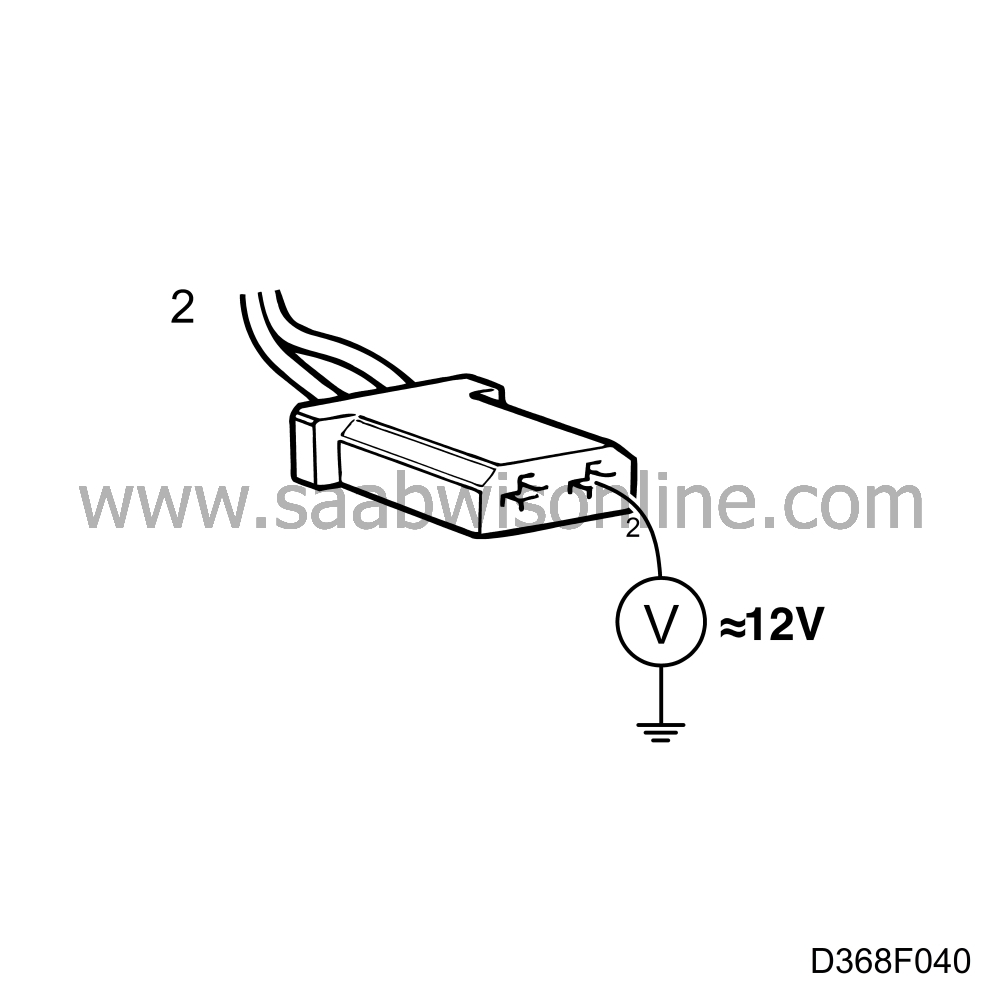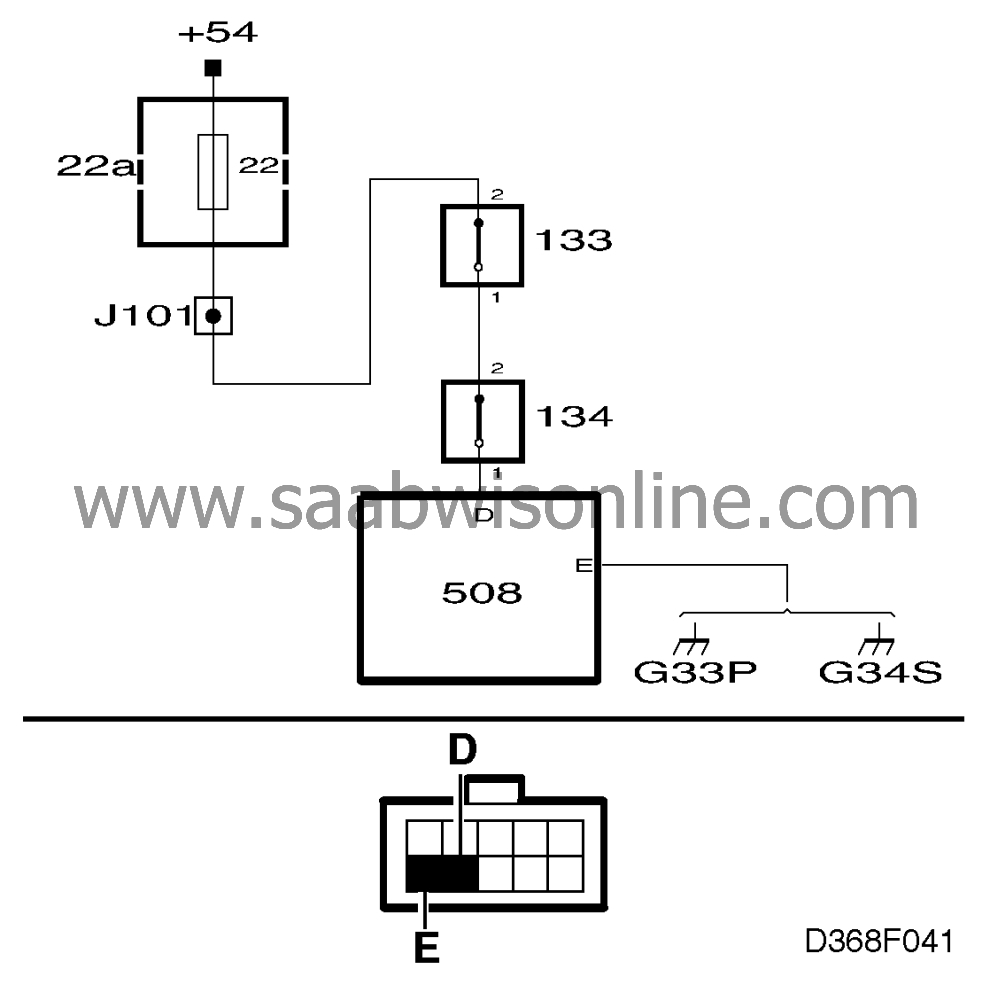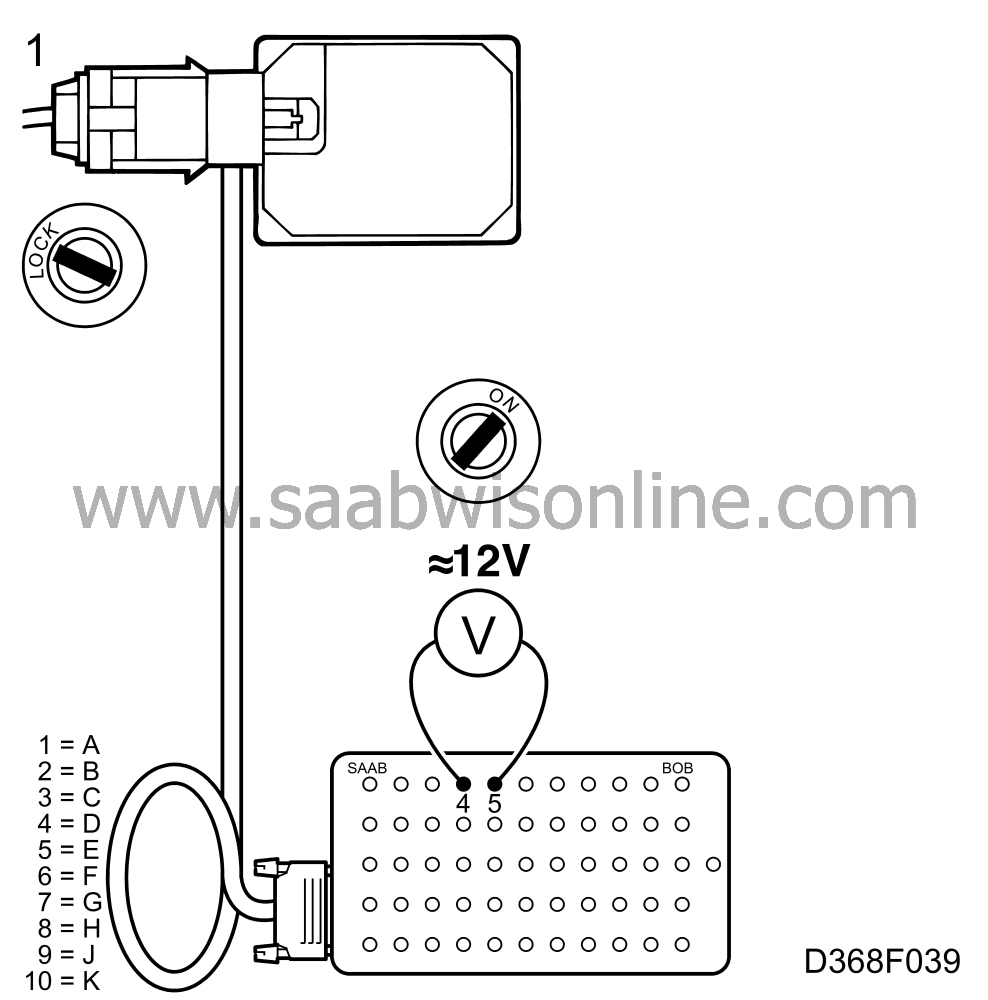Checking the pedal switches (manualgearbox)
|
|
Checking the pedal switches (manual
gearbox)
|
|
1.
|
Connect the BOB and check
that about 12 V is present across pin D (4) of the Cruise Control connector and a good
ground.
|
|
3.
|
If the voltage is not OK, check that about 12 V is present across pin 1 of
the clutch pedal switch and a good ground.
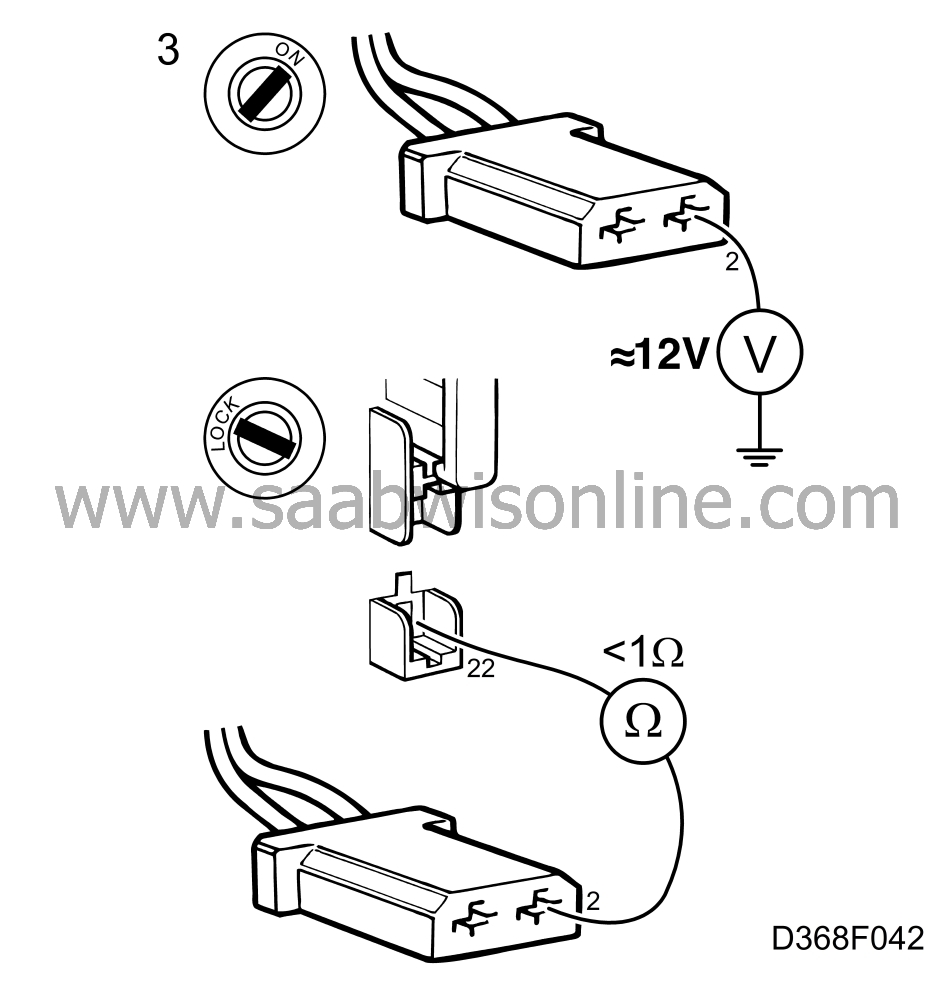
If the voltage is OK, continue with point 4.
If the voltage is not OK, measure the resistance across the load side of the
fuse and pin 1 of the clutch pedal switch connector.
The resistance should be > 1 ohm.
If the resistance is > 1 ohm, check the wiring and rectify the fault.
|
|
4.
|
Measure the resistance across pins 1 and 2 of the clutch pedal switch
when the clutch pedal is depressed and also when it is not depressed.
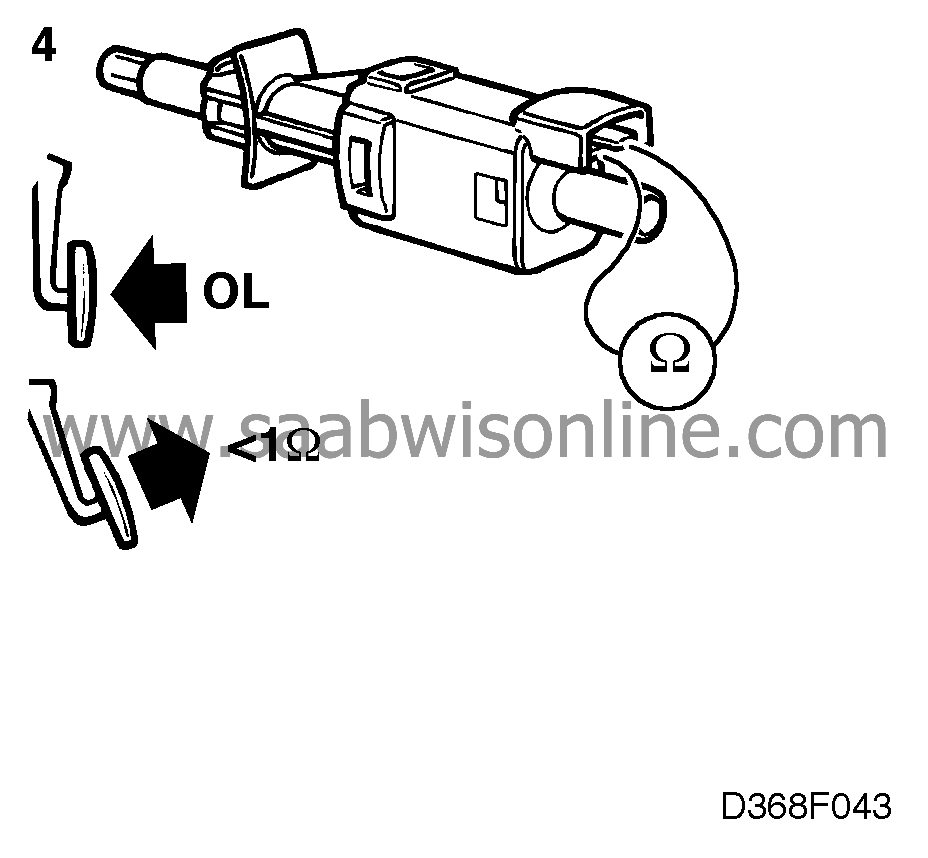
If the resistance in the normal position (not depressed) is > 1 ohm, adjust the pedal
switch or perhaps fit a new one.
Depressing the pedal breaks the circuit. If resistance can be measured in the circuit, fit
a new pedal switch.
|
|
5.
|
If the clutch pedal switch is OK, check the wiring for continuity or a short
circuit by measuring the resistance across pin 1 of the clutch pedal switch connector and pin 2
of the brake pedal switch connector.

The resistance should be > 1 ohm.
|
|
6.
|
Measure the resistance across pins 1 and 2 of the brake pedal switch
when the brake pedal is depressed and also when it is not depresed.
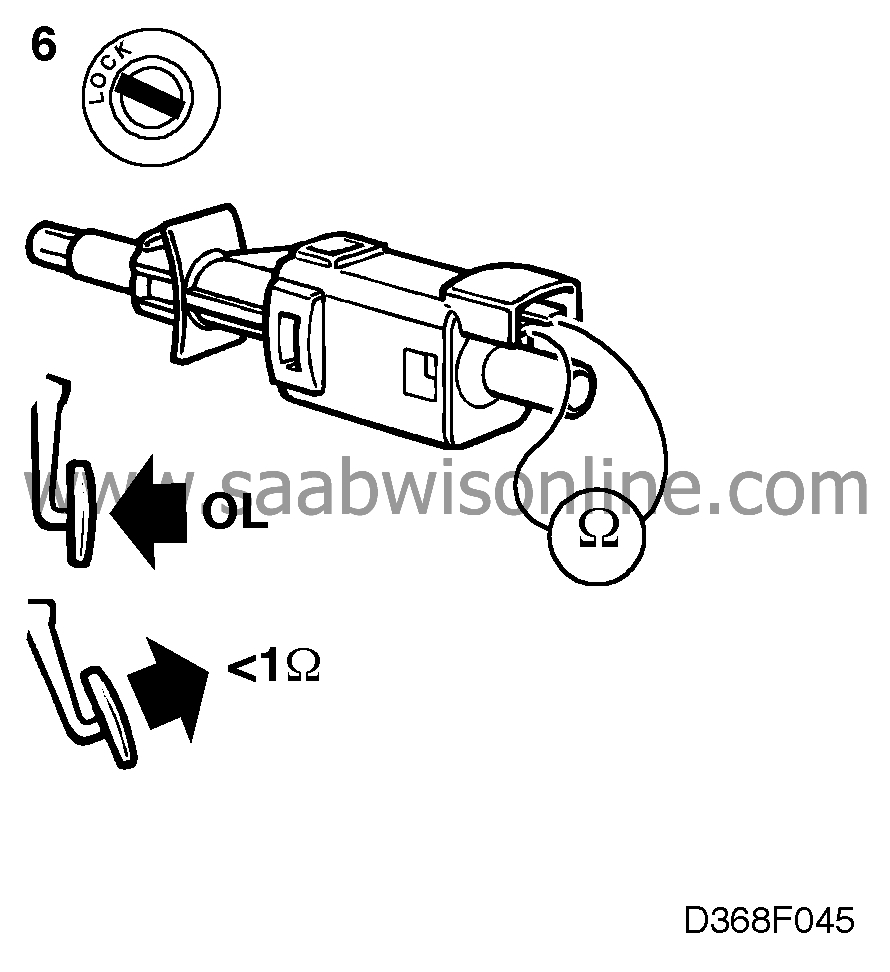
If the resistance in the normal position (not depressed) is > 1 ohm, adjust
the pedal switch or perhaps fit a new one.
Depressing the pedal breaks the circuit. If resistance can be measured in the
circuit, fit a new pedal switch.
|
|
7.
|
If the brake pedal switch is OK, check the wiring for continuity or a short
circuit by measuring the resistance across pin 1 of the brake pedal switch connector and pin D
(4) of the Cruise Control connector.
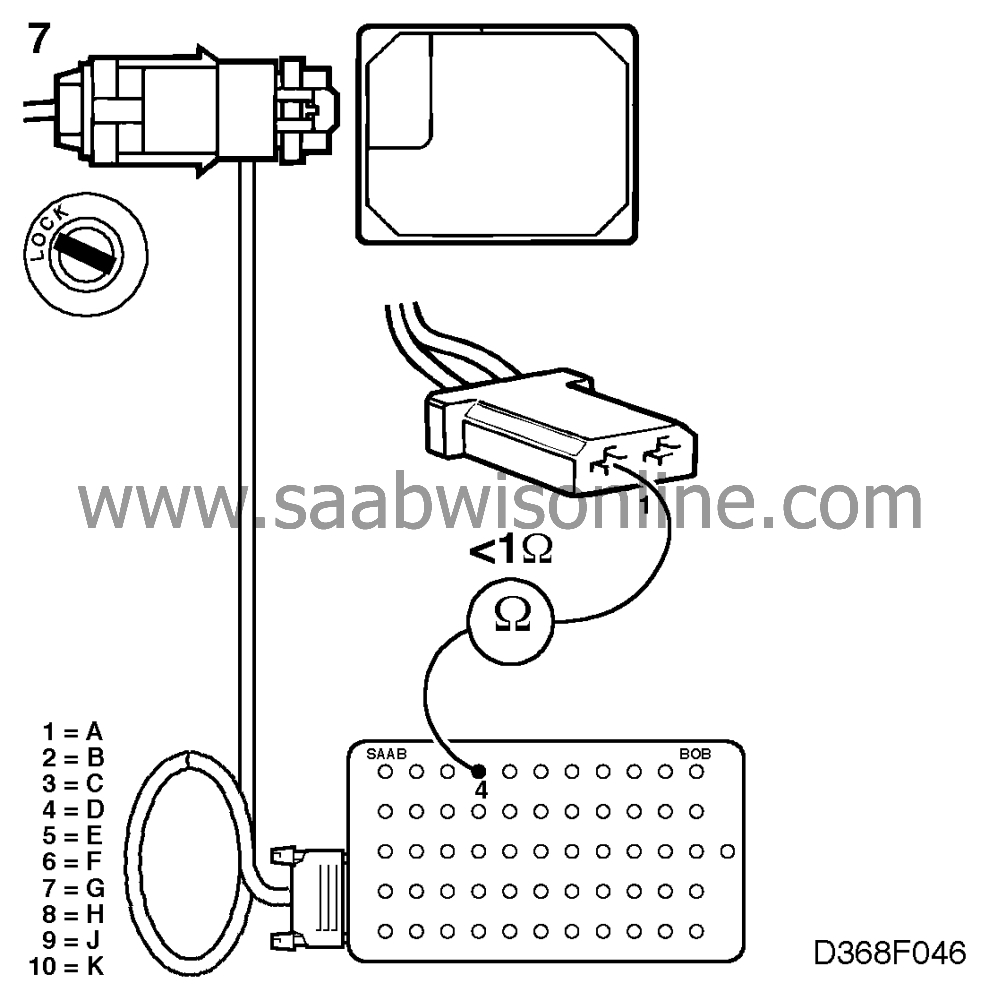
If the resistance is > 1 ohm, rectify the fault.
|
